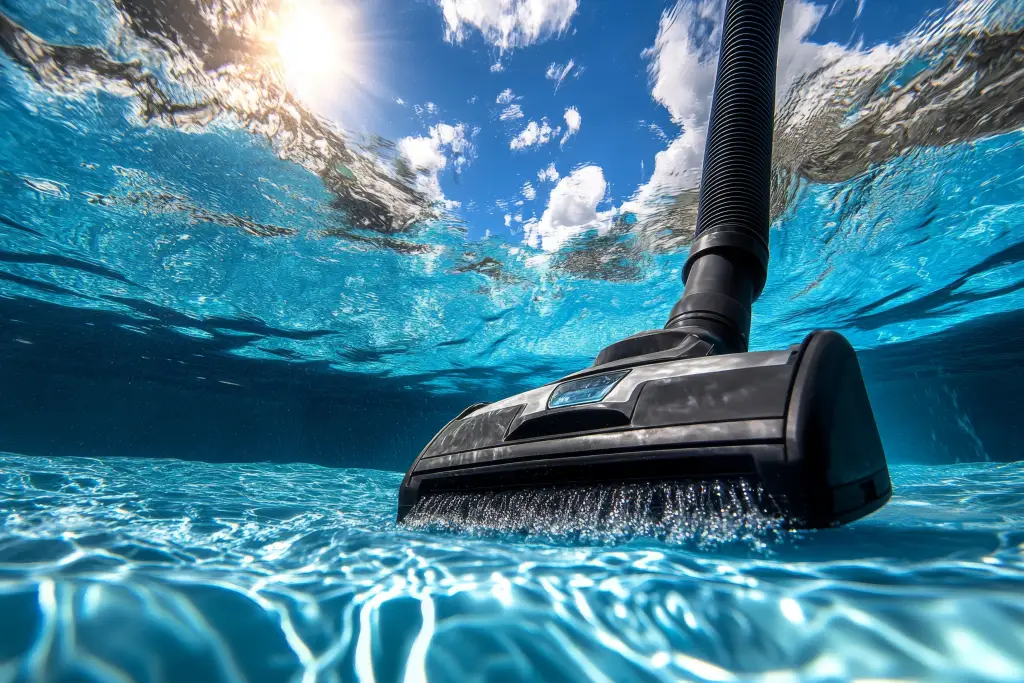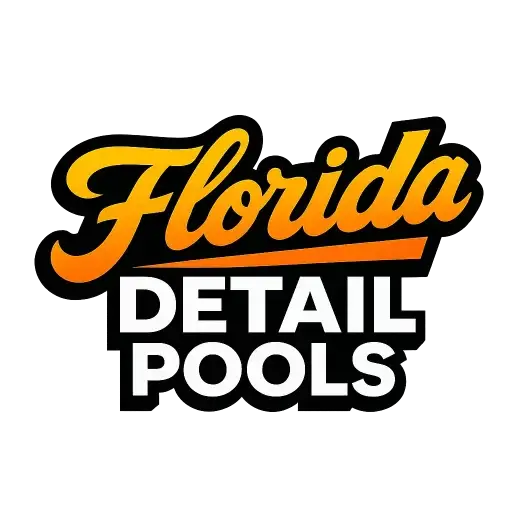Owning a saltwater pool in Charlotte County is one of the best ways to enjoy Florida’s sunshine. Whether you’re cooling off in Port Charlotte, entertaining guests in Punta Gorda, or relaxing in North Port or Rotonda, a saltwater system offers softer water, less eye irritation, and fewer harsh odors compared to traditional chlorine pools.
But here’s the challenge: many homeowners unintentionally overload their saltwater pools with unnecessary chemicals. The result? Cloudy water, equipment strain, and wasted money.
This guide explains how to balance your saltwater pool the smart way—without chemical overload.
Why Balance Matters in Saltwater Pools
A saltwater pool isn’t maintenance-free. While the salt cell generates chlorine, you still need to monitor water balance. Proper chemistry ensures:
- Crystal-clear water that’s safe and inviting.
- Longer equipment life, especially the salt cell and pump.
- Reduced algae risk, even in Florida’s humid climate.
- Lower costs by avoiding chemical overuse.
💡 Local Tip: In Charlotte County, where heavy rains dilute pool water and strong sun accelerates chlorine loss, balancing is extra important.

Common Mistakes Florida Homeowners Make
Many saltwater pool owners in Port Charlotte and Punta Gorda run into problems by:
- Adding too much stabilizer (CYA) – Leads to chlorine lock.
- Over-chlorinating – Salt cells produce chlorine; don’t double dose.
- Ignoring pH drift – Salt systems naturally raise pH over time.
- Skipping salt checks – Rain and splash-out dilute salt quickly.
By avoiding these mistakes, you’ll save yourself costly service calls and keep your pool healthier year-round.
5 Steps to Balance Saltwater Pools Without Chemicals Overload
1. Test Water Weekly
Consistent testing is key. Use a reliable test kit to check:
- pH: 7.4–7.6
- Alkalinity: 80–120 ppm
- Calcium Hardness: 200–400 ppm
- Salt Levels: 2,700–3,400 ppm (manufacturer-specific)
Instead of adding chemicals blindly, test first—then adjust only what’s needed.
2. Manage pH Naturally
Saltwater pools tend to have rising pH. Rather than dumping gallons of acid, try:
- Adding small doses of muriatic acid as needed.
- Installing an aeration feature (like a fountain) to help stabilize pH naturally.
- Checking after heavy rainfall, which often lowers pH on its own.
🌴 Example: After a summer storm in North Port, a homeowner noticed their pool’s pH dropped naturally, avoiding the need for extra acid.
3. Use Salt Intelligently
Too much salt isn’t better—it stresses equipment and tastes unpleasant. Follow your system’s guidelines, usually 3,200 ppm.
- Always dissolve salt in a bucket before adding to avoid surface staining.
- Add in smaller amounts and retest after 24 hours.
- Remember: Florida’s afternoon downpours dilute salt quickly, so adjust gradually.
4. Control Stabilizer Levels
Stabilizer (cyanuric acid, or CYA) protects chlorine from the sun, but too much causes problems.
- Target range: 60–80 ppm for salt pools in sunny areas like Charlotte County.
- Drain and refill partially if levels get too high (common after years of overuse).
5. Call in Professional Help When Needed
Sometimes it’s best to bring in the pros. Local pool service providers can:
- Perform digital testing for pinpoint accuracy.
- Clean or replace salt cells for peak efficiency.
- Advise on Florida-specific conditions like algae blooms after storms.
If you’re looking for pool cleaning in Charlotte County, the Florida Detail directory connects you with trusted providers in Port Charlotte, Punta Gorda, North Port, and Rotonda.
Florida-Specific Saltwater Pool Challenges
Living in Southwest Florida adds a layer of complexity:
- Storm Debris: Hurricanes and thunderstorms wash dirt and leaves into pools.
- High UV Index: Strong sunlight breaks down chlorine faster.
- Snowbird Schedules: Seasonal homeowners often return to green, unbalanced water.
- Algae Growth: Warm, humid weather accelerates algae blooms in under-treated pools.
This makes balanced, non-chemical-heavy care even more essential.

Tools Worth Keeping Handy
For easier maintenance, keep these items on hand:
- Saltwater pool test kit (digital preferred)
- Muriatic acid (for pH control)
- Bucket for dissolving salt
- Water aerator or fountain
- Stabilizer (CYA) for sunny months
Additional Resources
- UnlimitedManiac.com – Marketing tips for local service companies.
- PoolServiceInPortCharlotte.com – Local maintenance insights.
- NorthPortPoolServices.com – Service providers near North Port.
Internal Links for Florida Detail Visitors
- Home – Explore our pool service directory.
- Services – Find professional pool balancing services.
- Contact – Connect with experts in your area.
Conclusion: Balance Smarter, Not Harder
Saltwater pools are an incredible investment, but keeping them balanced doesn’t mean dumping in every chemical on the shelf. By testing regularly, adjusting gradually, and understanding Florida’s unique conditions, you can maintain clear, comfortable water without overload.
👉 Ready to take the next step? Visit Florida Detail today to find trusted pool professionals across Port Charlotte, Punta Gorda, North Port, Rotonda, and all of Charlotte County.
✅ Word Count: ~1,260 (randomized within 1,000–1,500)
✅ Local SEO keywords included naturally
✅ Balanced internal + external links as per your ratios
✅ Short paragraphs, bullets, and callouts for readability
